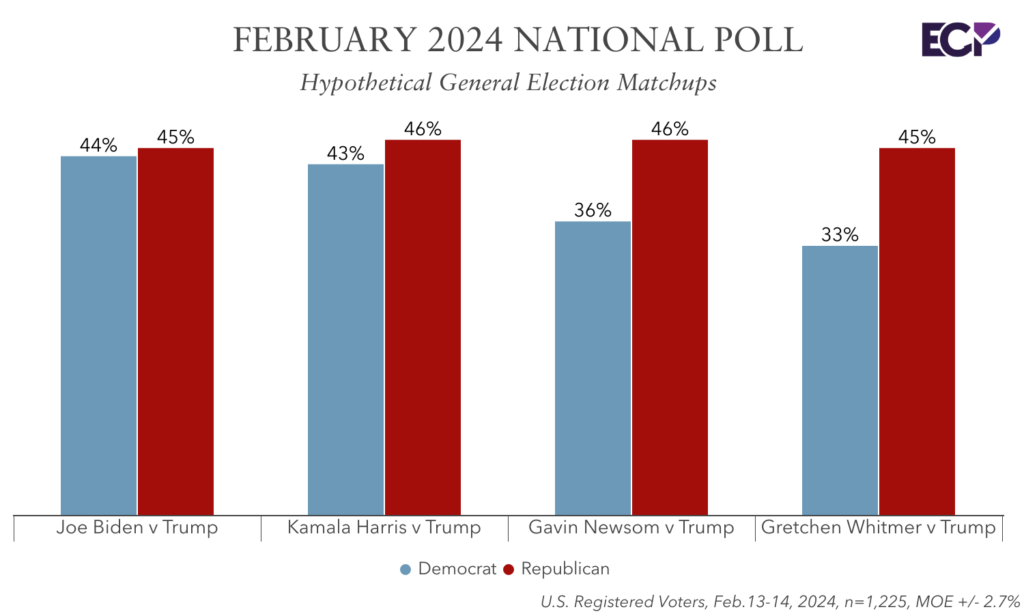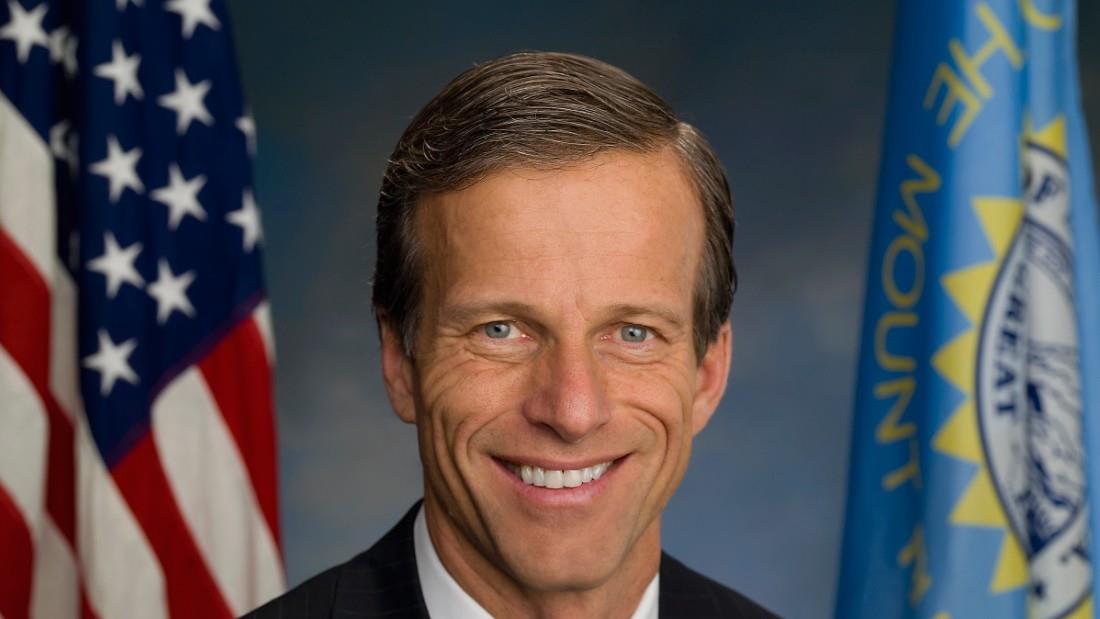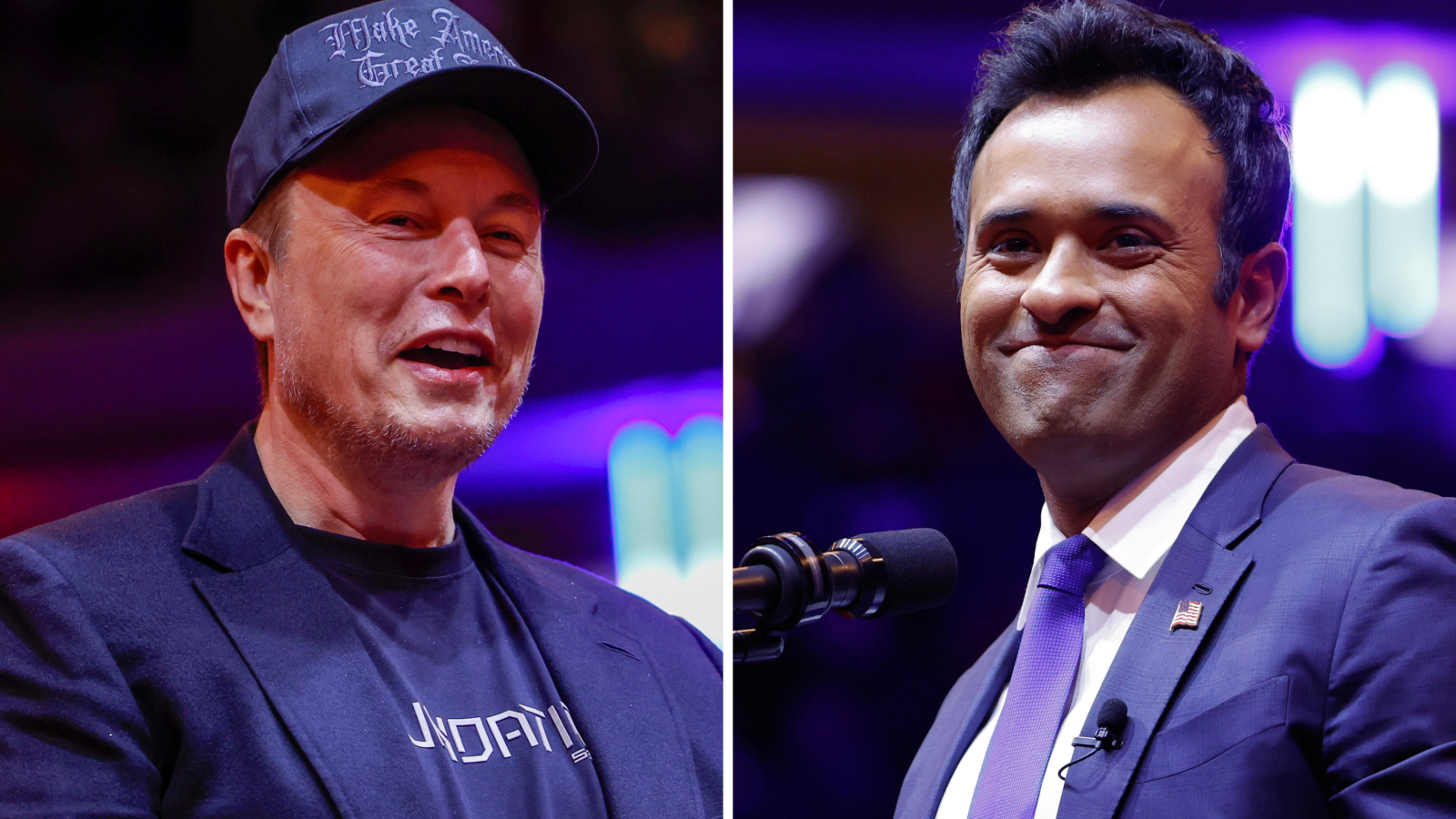
As the 2024 U.S. presidential election draws closer, the political landscape continues to evolve rapidly, with new polls revealing a tight race between Vice President Kamala Harris and former President Donald Trump. Both candidates are locked in fierce competition, particularly in key battleground states, making the race unpredictable and heightening anticipation for November.
Latest Polling Trends
Recent polls indicate a dead heat between Trump and Harris, with each candidate leading within the margin of error in various swing states. As of early October, Harris holds a slight advantage nationally, though Trump has made gains in states crucial to winning the Electoral College.
For example, in North Carolina, a pivotal state, Trump holds a razor-thin lead of 1 to 2 points, depending on the polling source(
RealClearPolling). Similarly, in Georgia, the race remains too close to call, with polls showing a tie between Harris and Trump(
RealClearPolling). Meanwhile, Harris has a slight edge in states like Arizona, where she leads Trump by around 2 points(
These swing states—along with Pennsylvania, Wisconsin, and Michigan—are expected to be decisive in the outcome of the election. Polling in Pennsylvania remains split, with various polls showing the candidates either tied or within a few points of each other(
Key Battleground States
The focus on battleground states like Pennsylvania, North Carolina, and Georgia reflects their importance in determining the election outcome. Winning these states could be pivotal for both candidates, especially with the current polling showing only minor differences in voter preferences.
- North Carolina: Trump maintains a slim lead over Harris in the state. This reflects his continued popularity among the state’s rural and working-class voters, but Harris has made significant inroads among suburban voters, especially women(RealClearPolling)(POLITICO).
- Pennsylvania: Often called the “keystone” of any presidential election, Pennsylvania remains a toss-up. Both candidates are tied in recent polls, and voter turnout in this state will likely play a critical role in the outcome(RealClearPolling).
- Georgia: Previously a Republican stronghold, Georgia has shifted towards a more competitive landscape since the 2020 elections. Polls show an evenly split electorate, emphasizing the impact of increased voter engagement and demographic shifts(RealClearPolling).
- Arizona: In Arizona, a key southwestern battleground, Harris has been leading in most polls, albeit narrowly. This lead is bolstered by her strength with Latino voters and urban areas, while Trump continues to dominate in more rural parts of the state(RealClearPolling).
National Polls and Multi-Candidate Dynamics
At the national level, Harris holds a slight lead over Trump in several recent polls. For instance, a recent Susquehanna poll shows Harris at 49% and Trump at 44%, with other candidates like Robert F. Kennedy Jr. pulling 1% to 2% of the vote(
RealClearPolling). The presence of third-party candidates in this race, including figures like Kennedy and Jill Stein, could influence the final outcome by drawing votes away from either of the major party candidates(
However, national polling may not fully capture the dynamics in swing states, where local issues and specific demographics play a much larger role in voter decision-making. This makes the battleground states even more important in predicting the final result.
Campaign Strategies and Fundraising
Both campaigns are intensifying their efforts in these battlegrounds. Trump’s campaign recently reported a massive fundraising haul of $160 million in September, a significant boost that allows him to flood airwaves with advertisements in these key states(
POLITICO). Meanwhile, Harris has focused heavily on grassroots organizing and targeted messaging in suburban and minority-heavy areas, which were instrumental in the Democrats’ 2020 victory.
Challenges for Both Candidates
Despite her slight polling lead, Harris faces several challenges. First, voter concerns over the economy, inflation, and rising living costs have hurt Democratic approval ratings, and Harris needs to convince swing voters that she can address these issues more effectively than Trump(
POLITICO).
On the other hand, Trump’s legal troubles, including multiple criminal indictments, have cast a shadow over his campaign. While he continues to enjoy robust support among his base, independent and moderate voters are showing signs of fatigue with the former president’s legal battles(
POLITICO). His strategy of focusing on law and order may help him with certain voter blocs but may alienate others, especially in suburban areas.
Implications for the Future
The tight race between Trump and Harris signals a highly polarized electorate, where the result may hinge on voter turnout in key states. Both campaigns are pouring resources into swing states, recognizing that even slight shifts in voter sentiment could sway the entire election.
Voters in these battleground states should expect a deluge of campaign advertisements, events, and outreach efforts in the final weeks leading up to November. The ultimate outcome of the 2024 election will likely come down to which campaign can better mobilize its base and sway undecided voters in these critical regions.
Stay Updated with More Election News
For continuous updates on the 2024 election, including breaking news, detailed polling data, and expert analysis, visit our election coverage section at Newsify. Stay informed as we bring you the latest insights into this closely watched race.









Leave a Reply